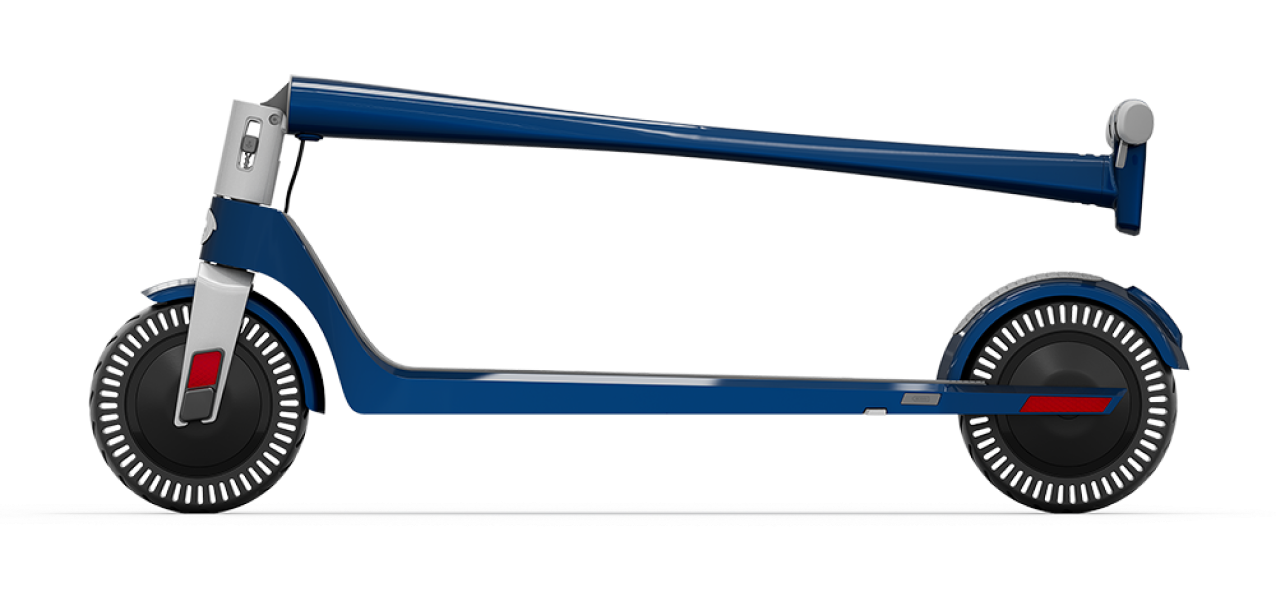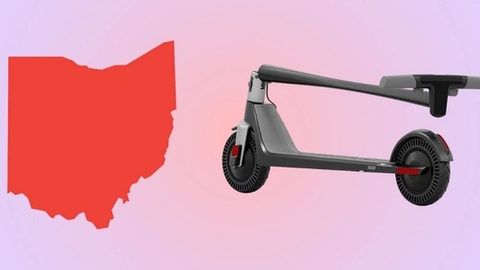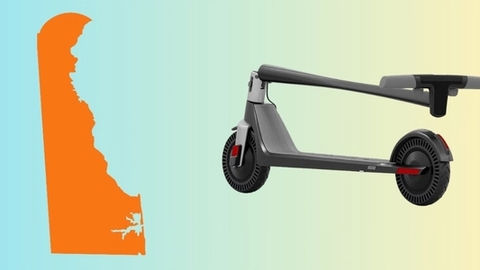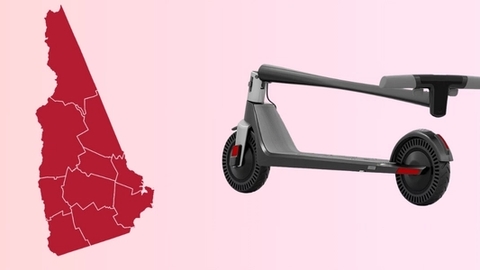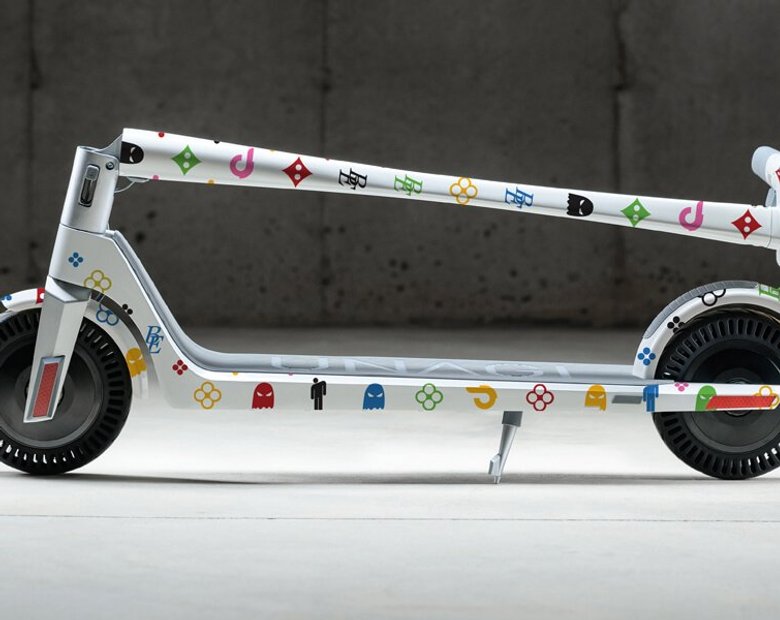Micromobility is here to stay, and it’s changing how we experience urban life for the better. With Unagi’s membership program, you can enjoy all the benefits of a top-tier electric scooter without the sky-high price of ownership or the inconvenience of ride-sharing.
If you've been looking into getting an electric scooter recently, it's more than likely you've also been reading up about electric scooter batteries as part of your research.
Much like buying a phone, the performance and longevity of the battery are paramount to deciding which model to buy. So it's important to have an understanding of what battery pack you are looking for.
If the battery has high performance but quickly needs replacing or recharging, it's clearly sporting a poor battery management system. Equally, if the battery never needs replacing but doesn't perform well enough to even take one long ride, you might experience what is known as range anxiety, and you'll quickly lose patience and interest with your electric scooter.
Electric scooter batteries: what is range anxiety?
Range anxiety is a term that is becoming more and more common in the global electric scooter community. It refers to having anxiety or worrying over the range that your scooter can take you on its current charge.
For example, if you feel anxious about not having enough charge to make it home after work one day, or if you feel like you should charge your scooter more regularly than what is recommended.
The term refers to all electric vehicles, not just electric scooters. However it need not be, we already have enough anxiety in our lives with climate change, the cost of living, as well as our daily lives! Luckily this can be avoided, as with the right care and attention you can preserve the quality and durability of your battery pack.
Electric scooter battery best practice

The huge uptake in electric scooters in the past ten years has paved the way for considerable advancements in the technology behind the batteries. Electric scooter battery packs now offer much more range than previous types, owing a lot to the introduction of lithium batteries, which were previously unaffordable, into the market.
Electric scooter owners will probably also be aware that looking after the battery itself will pay massive dividends, because this practice will essentially act to prolong battery life. Whilst some level of battery degradation is unavoidable, even with today's modern lithium ion batteries.
The best practice for charging scooters is not dependent on which battery pack you have, and in fact is relevant to all battery types.
Familiarize yourself with these five tips below for the best practice for your battery pack:
1. Use the electric scooter charger that your manufacturer provided
It is really important to use the original charger that you received with your electric scooter as opposed to borrowing from a friend or using a third-party charger.
Chargers are designed to work perfectly with the model they come with, so for the health of your scooter's battery, make sure to stick to the right one.
Even if you decide you want to own two chargers, whether for your workplace or anywhere else, make sure to get it from your manufacturer. Most electric scooter manufacturers will sell you a second charger for a relatively affordable price, as they appreciate that this is how many scooter owners operate these days.
2. Avoid completely draining your electric scooter battery

One of the key rules to ensuring optimum battery health is to never let the electric scooter battery completely run out of charge. Most electric scooter owners will have a pretty good idea of how long their vehicle will last on one full charge, so they should be able to plan ahead to avoid letting the battery run flat.
However, there is sometimes a difference between the published range and what is known as the 'true range' of the vehicle. This is because lots of other factors contribute to the true distance that the vehicle can travel on one full charge.
For example the length and distance of any hills on your routes, the amount of stop-starting on your journey, and even things like wind resistance can have an effect.
Therefore it's important to have a good grasp on the 'true range' of your electric scooter so as to avoid overcommitting to a particular journey and letting the battery drain.
3. Don't overcharge your battery
Whilst you shouldn't ever let your battery completely drain, it's just as important to make sure you don't overcharge it.
As soon as your electric scooter is fully charged it's important to unplug it from the charger or risk damaging the battery permanently. Similar to other rechargeable devices like a cell phone or laptop, overcharging can negatively impact the longevity of the battery.
Your electric scooter manufacturer will have provided the recommended amount of charging time to refill the battery, so put an alarm on when you start the charging process to avoid damaging the battery life.
4. Don't leave it too long between charges
For best practice you should fully recharge your electric scooter each day after you use it without overcharging it. Even if you are not using it every day though, plug it into a charger from time to time to keep the battery turning over. It might be a good idea to keep a charging port somewhere you see it regularly, to remind you even if you aren't using it for a while.
This is the healthiest way to keep a battery, because it keeps the battery cells engaged over time, which in turn leads to a more sustained output of energy from the vehicle. The vast majority of scooter drivers aren't familiar with this tip when it comes to charging, but it's just as important as the other four tips for healthy battery life preservation.
5. When storing your electric scooter for long periods, make sure that it still has charge

You might not think so, but this last tip is even relevant for all levels of e-vehicles, even the higher performance scooters.
If you know that you won't be using your electric scooter for a relatively long period of time, even just a few days, it is important to keep the battery topped up every few weeks. This will help to preserve both the battery capacity and capability of the electric scooter.
With modern day lithium ion batteries (or li ion batteries), best practice is to keep them stored at over 50% capacity, preferably with a full charge if possible. Also make sure to fully charge the battery before using it after storing it for some time, to get the most out of it.
Different chargers for different electric scooters
Whether you already own an electric scooter or are looking to buy one, you will most likely have read or heard about the debate between slow charging and fast charging these vehicles. Most chargers have roughly the same ability, but as mentioned it's better to use the manufacturer's charger.
You might have also heard of dual chargers, which is a bit of a confusing term. Dual chargers aren't an option that can offer both fast charging and slow charging, the term actually refers to the ability for an electric scooter to accept two chargers at once, sometimes found on higher performance scooters.
It is likely that your scooter is powered by a lithium ion battery, but these batteries can usually accept both charger types. There are pros and cons to both types of chargers, which we will cycle through in the remainder of the article, so you can fully understand the implications of choosing either.
Slow chargers and slow charging
Slow charging means that you charge your scooter for an extended period of time, typically somewhere in the region between eight and twelve hours. Often this is done overnight, but the time of day does not have an impact on the outcome of the charging.
Pros of slow charging your electric scooter
- Slow charging emits less heat, as the thermal management is prioritized more within the charging system. This means that these systems allow the batteries to cool down before they are charged again, so they are less likely to overheat.
- There is less chance for internal corrosion in the battery, although with modern technology this is for the most part avoidable with either choice of charger type.
- Slow charging results in a more balanced charge at each cycle, so that the cells absorb more evenly, which prolongs their lifespan.
Cons of slow charging your electric scooter
- Leaving your electric scooter plugged into a slow charger leaves moor room for error by means of leaving it plugged in for too long. You are more likely to forget about something over eight hours than one hour, meaning you are more likely to let it overcharge.
- Slow charging takes a lot of time! It may seem obvious, but if you want to get out and about or are in a rush, it can be a pain to even have to fill up on gas, let alone to have to wait for an eight hour charge for your scooter's battery.
- Slow charging can be inconvenient. Taking up space to charge a scooter in a cramped office might be fine for an hour, but for eight, it could be a problem.
Fast chargers and fast charging
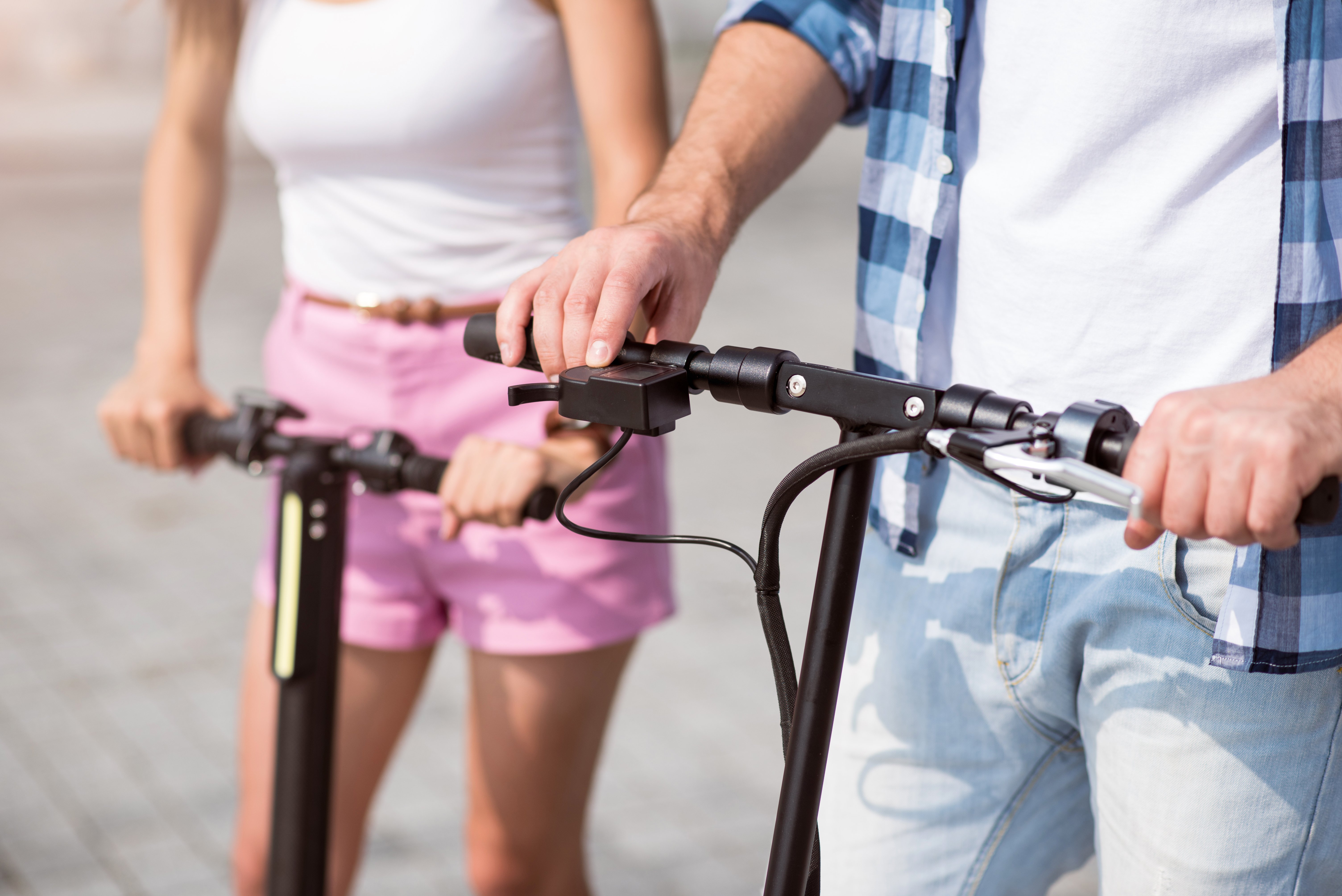
Now on to the newer and arguably more trendy option, fast charging is really proving the popular choice at the moment, and we can see why. A fast charge typically takes between one and three hours and is the optimal choice for getting your scooter charged as quickly as possible.
What's not to love about the idea of a faster charger for your electric scooter? Well, you might be surprised by the answer.
Pros of fast charging your electric scooter
- First things first, using a fast charger is obviously ideal for when you need to charge your e-scooter in a hurry. Only taking between one and three hours, it is becoming more and more popular to fast charge.
- Seeing as over charging your scooter can lead to battery damage, fast chargers mean you are less likely to leave it to overcharge, which can make it less effective over time.
- Using a fast charger is convenient. If you somehow get caught out without a charge, it's easy to just plug in for an hour at a cafe or at work. You won't be stuck for long.
Cons of fast charging your electric scooter
- Fast charging puts a lot of strain on your battery, so even though it's more convenient it is generally a worse idea for the longevity of the battery pack.
- Fast chargers cause the batteries to heat up, which causes fragmentation of the battery cells, which can reduce the amount of charge that it can hold over time. This can turn even the most powerful scooters into unreliable machines.
- You should only really fast charge an electric scooter if it has dropped below 20% charge, which actually can make it quite inconvenient to manage with proper best practice.
Takeaway: Should you fast or slow charge your electric scooter?
Overall, using a slow charger is more likely to preserve the health of your battery and keep its performance high for a longer period of time. It's the better option to keep your electric scooter battery in prime shape.
Neglecting your battery will eventually mean less range per charge in the end, as the power and duration of the charge will decline over time. To be fair, there will of course be times where you are late to work or the dentist or something equally as important, and you have no option but to reach for the fast charger.
Slow-charging is safer for the battery because it avoids the situation of fragmentation and is more balanced in how it charges the battery, so it's the sensical choice. You should only really resort to fast-charging your electric scooter battery if you absolutely have to.
Make sure to fully charge your battery each time, whether you are using a fast or slow charger, and not to overcharge it. When the charging time is complete, no matter if it's eight hours or one, be sure to remove the scooter from the charging port and follow the best battery practice to keep it going as long as possible.

Stay current with the latest U.S. electric scooter laws in our 2025 guide. Updated annually since our first comprehensive guide, ensuring you have the most recent state and city regulations to ride responsibly”
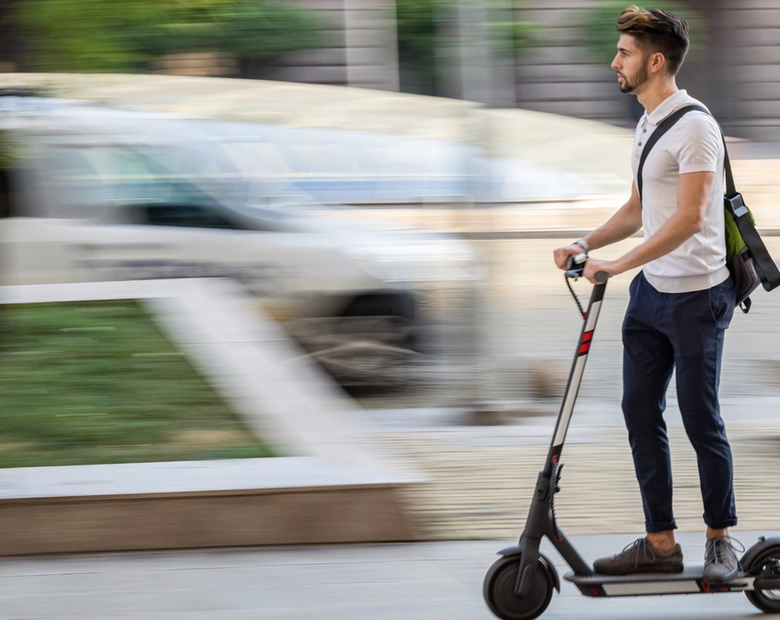
The Slack Core 920R is currently the fastest electric scooter in 2025 that you can purchase without the need for pre-order.
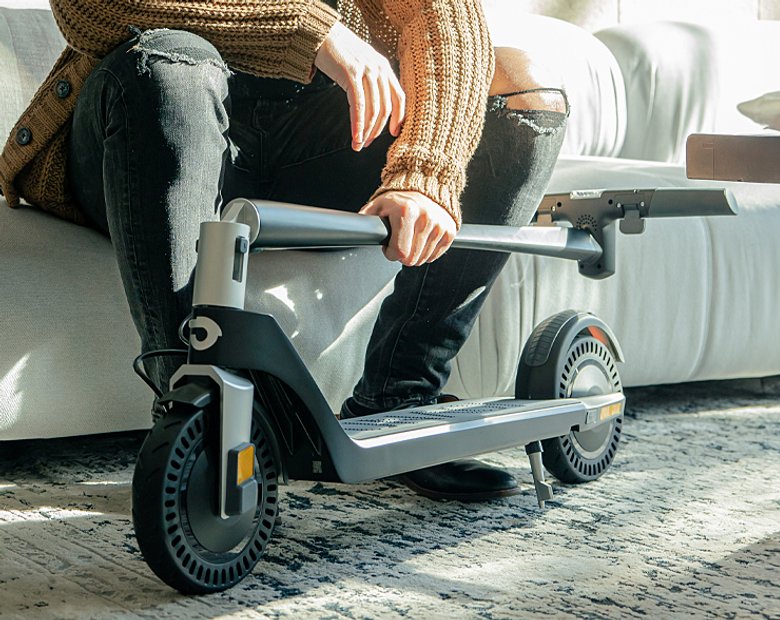
Our selection of the best electric scooters 2025 spans the fastest e-scooters to the most portable ones, the ones designed for city riding and off-road, the best scooters for rain, budget electric scooters for students, and more powerful ones for skilled riders.
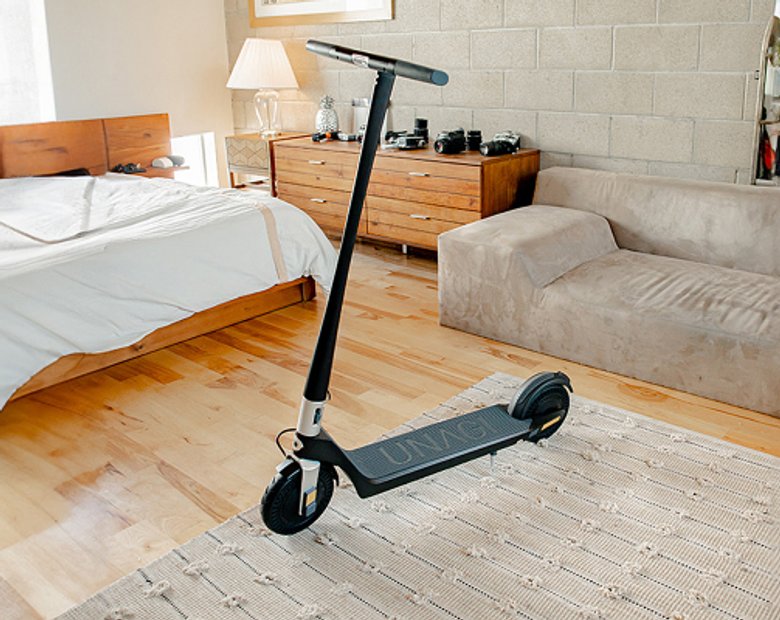
The Unagi Voyager is the best lightweight electric scooter for adults and teenagers. It is the ultraportable sequel to its predecessor, the Unagi Model One Classic.

If you're wondering whether an electric scooter with a seat is right for you, this is a detailed article that would suit your need.
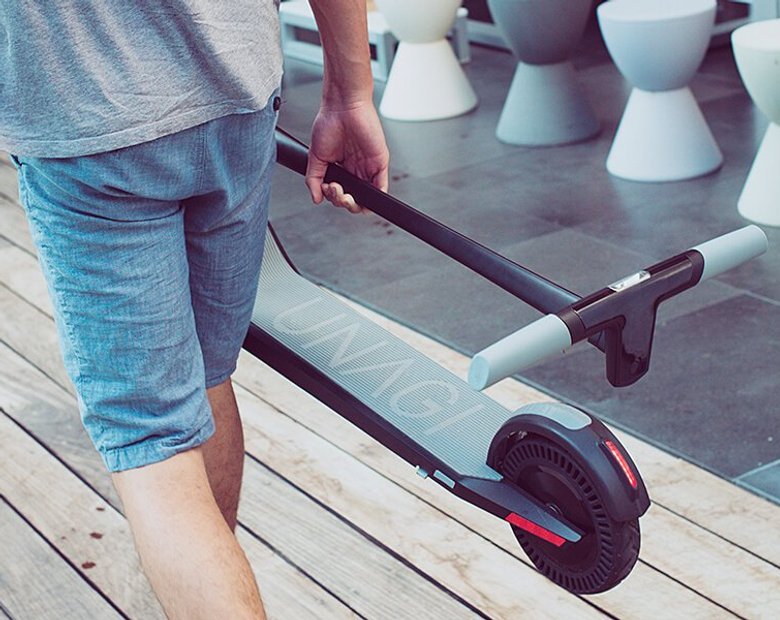
Understand which personal electric vehicle is best, the choice between an electric bike or electric scooter might already be made for you by some critical factors, including portability and storage capacity.
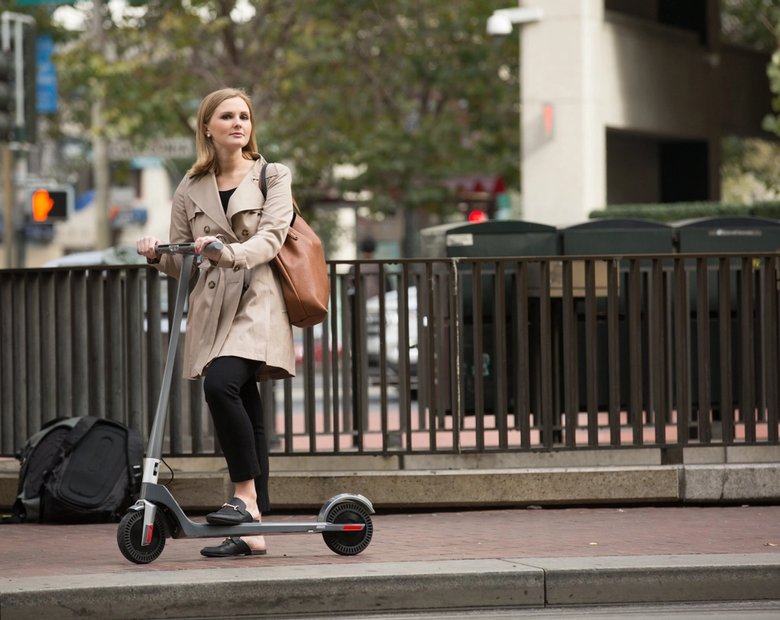
In the U.S., most states don't require a license. For those that do, they usually just ask for a regular driver's license or a learner's permit.
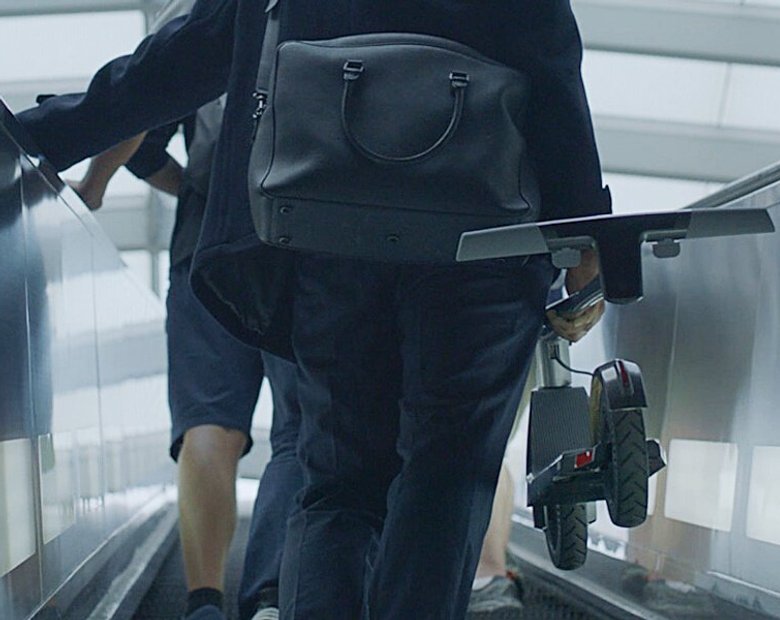
Yes, you can bring an electric scooter on a plane, but it needs to have a lithium battery smaller than 100 watt-hours, which most don't.

Manufacturers advise against riding electric scooters in the rain. The main reasons are: water can fry the electronics, make the ride dangerous, and void your warranty.

The basis and the premise of my work is that we either operate out of love or we operate out of fear...Time is currency. The coolest thing about the scooters is that it's really quick, and it goes uphill. From there, traveling more efficiently and having a good time doing it--I think that's the most important thing.

Cynthia Leu has a full plate. A tech worker by day, Cynthia spends her off time balancing the parallel lives of a powerlifter, entrepreneur, mental health advocate, and more. Riding Unagi helps this USMC veteran cut down on everyday…

https://www.youtube.com/watch?v=7m2hVBE62LY Rasheed Muhammad is sick of Los Angeles traffic. In order to preserve his sanity, Rasheed has traded his everyday driving habit for the portable and beautiful Unagi Model One. It’s an essential accessory for navigating LA streets -- and…

Rich Lee, Co-Founder of San Francisco’s SPRO Coffee Lab, wants to share his love for coffee with the world. He depends on riding Unagi to avoid the hassle of navigating the parking crunch in the booming Mission Bay neighborhood.…


